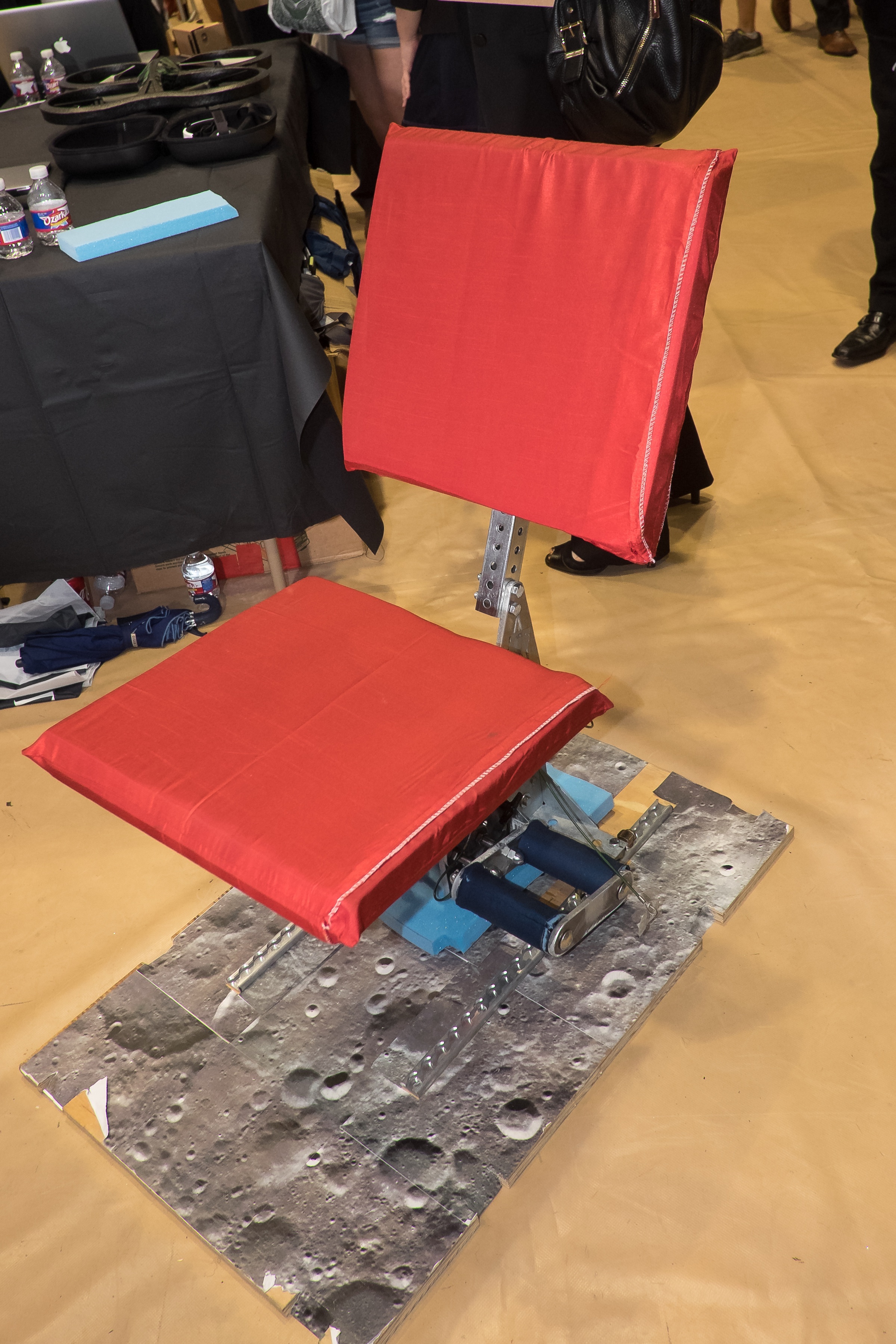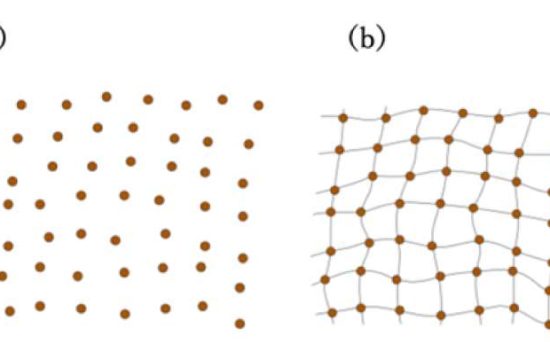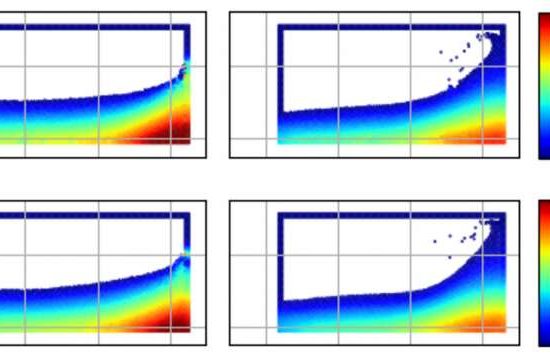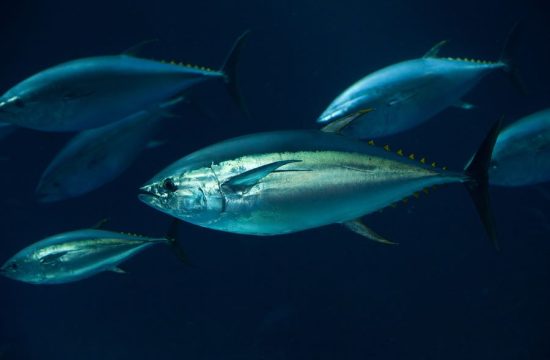Modular furniture is conceived for the moon, Mars and in between
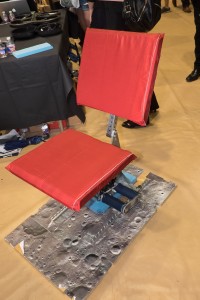
HOUSTON – Have a seat and mind the gravity. A team of Rice University students had to think a lot about that in recent months as they designed furniture intended for use on the moon, Mars and whatever other far-flung destinations humanity may consider in the future.
At the behest of NASA, a team of five seniors in mechanical engineering designed and assembled a prototype chair and table meant to give maximum flexibility to astronauts in space or for habitats in places other than Earth.
The furniture could serve many functions in environments where maximum flexibility with a minimum of fuss are a plus. The Lunar Lounger team assembled the pieces at Rice’s Oshman Engineering Design Kitchenas its capstone project. Capstone projects are required of most of the university’s senior engineering students.
“You’re going to have very limited space, so you can’t just send any furniture up,” said team member Laura Blumenschein. “And then you’ve got the partial gravity.” (Roughly one-sixth of Earth’s gravity on the moon,one-third on Mars.)
“In addition to changing how humans interact with the furniture, it’s a lot easier for astronauts to stand and work,” she said. That requires tables, in particular, to easily adjust for both standing and seated work.
The team of Blumenschein, Archit Chaba, Rey Amendola, Alex Schmidt and Dan Peera also had to consider gravity while balancing weight and strength requirements.
“We can make our furniture a lot lighter, a lot less strong (than Earth-bound designs),” Blumenschein said. “That sounds like a bad thing, but if you’re trying to reduce weight, that’s a good thing when you’re sending things to space.”
The chair and table pack flat for shipping and are designed for maximum adjustability. “The largest pieces are the foam pads,” Schmidt said. The table sits on gas springs for easy height adjustment, and connection ports allow it to be paired with other tables. The chair fits users between 5 feet and 6 feet 2 inches tall “because astronauts come in all sizes,” Peera said.
Both the chair and table are meant to be floor-mounted to keep them stable in low gravity and the chair has pin-and-hole mechanisms to adjust it for use as a traditional seat or a back chair with a knee rest. Restraining footrests allow for use in zero-gravity environments, the students said.
The team members’ learning curve involved a study of their own habits. “We did a lot of brainstorming and research and kept a furniture journal, where we wrote about every piece of furniture we encountered for a week,” Chaba said. “So, for a couch, or a table, or a bed, we thought about each one and its design points.
“It was really interesting because we started thinking about furniture in an entirely different manner,” he said.
“Part of our mission requirement was to focus on the daily activities of the astronauts and not their sleep habits or anything like that,” Amendola said. “When we thought about what astronauts do every day and what kind of furniture they need, we narrowed down the scope of the project to chairs for sitting and tables for working, relaxing or for mealtimes.”
They got extensive help from NASA representatives, including advisers Nancy Currie, an astronaut and engineer with four space shuttle missions to her credit, and her engineering colleague Christie Sauers. “Step by step, they were there with us for the whole process,” Amendola said.
Schmidt said Currie helped gather opinions from a number of astronauts about what would be most useful in space.
“Ultimately, we’re just brainstorming the first prototypes,” Peera said. “Hopefully they’ll take this design and experiment further to finalize it and eventually get it up into orbit.”
NASA and ConocoPhillips sponsored the project.


